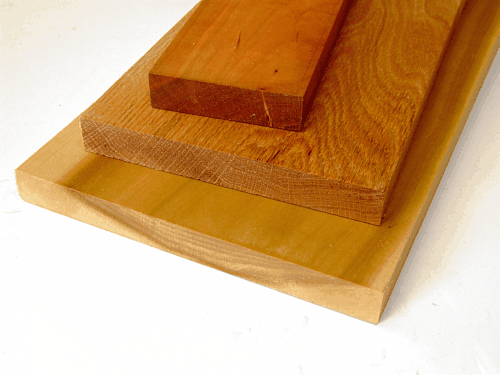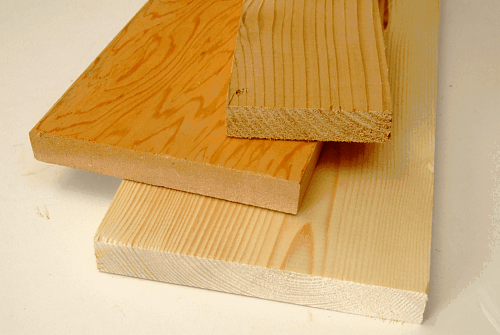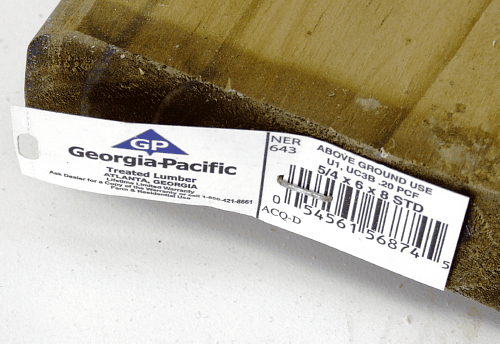|
|
 |
 |
 |
 |
 |
|
Lumber |
|
|
|
Hardwood - Hardwood lumber, which is dense and hard, typically comes from trees that lose their leaves each fall and regrow them in the spring and summer (deciduous) and have broad or flat leaves. Examples of commonly available hardwoods include walnut, cherry, maple, oak (red and white), alder, birch, and poplar. Arts and Crafts and Mission styles of furniture rely heavily on the use of white oak. Hardwoods are prized for their color and grain, as well as durability. Some hardwoods are more readily available than others in specific parts of the country.
|
|
|
 |
|
|
|
Softwood - Softwood lumber is lighter, softer, and less dense than hardwoods. They are best known as coming from conifers and evergreen trees. Commonly available softwoods include various species of pine, fir, spruce, hemlock, various species of cedar, and redwood. Cedar and redwood are often used for making outdoor furniture, as they are relatively durable and hold up well against insects as they are maintained. Various species of pine, fir, spruce, and hemlock are used for framing homes, in addition to furniture and furnishings, because of their relative strength and lower cost.
|
|
|
 |
|
|
|
Treated Lumber - Created for outdoor use and in special applications (interior and exterior) where durability and insect-resistance is required. There are six classifications of treated lumber designated for use as defined by the American Wood Protection Association. Depending on the intended use, treated lumber is infused with preservative chemicals (many containing forms of copper) to prolong durability and in some cases provide fire protection. More details on the specific chemicals used are available at used are available http://www.awpa.com/standards/ucs.asp. Most common uses around the home include fencing, decking, outdoor structures and furniture, and sill plates
|
|
|
 |
|
|
 |
 |
| (C) Chris Hill/Chief’s Shop 2009-2014 |
|
|
|
|